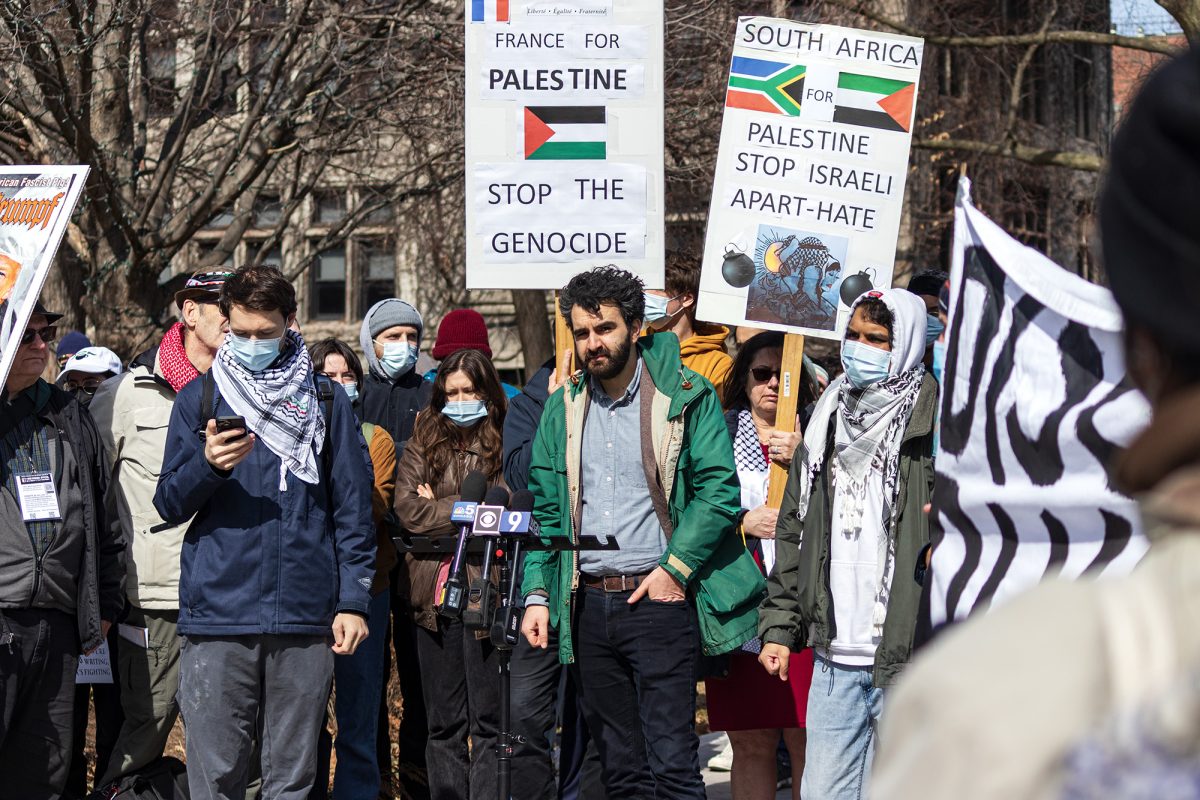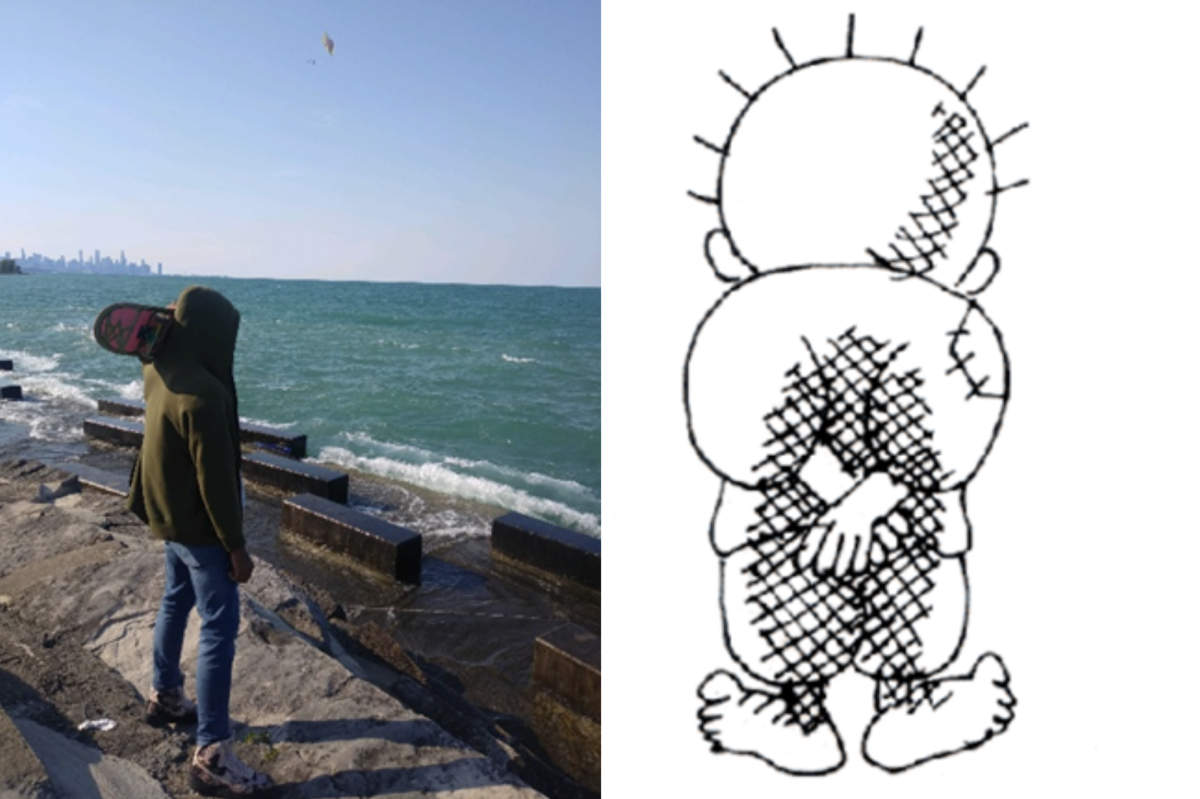Under Title IX, the University of Chicago has an obligation to provide its students with a non-hostile learning environment, free from all forms of gender-based harassment and discrimination. Specifically, when a school becomes aware of an instance of harassment, the Department of Education’s Office for Civil Rights states it must “take immediate action to eliminate the harassment, prevent its recurrence, and address its effects.” One of the more common actions the University takes is instituting a “no-contact directive” (also referred to as a “no-contact order”), a prohibiting contract between two students when there is concern that contact could lead to physical or psychological harm. In the 2014–2015 school year, 30 no-contact directives were issued. It can be difficult to get a no-contact directive. Moreover, once acquired, no-contact directives at the University of Chicago provide minimal protection and can sometimes even become punishments.
As it currently stands, no-contact directives at the University are always reciprocal—that is both the complainant and the respondent are required to cease all verbal and virtual contact with one another. Any violation, on either side, can result in a disciplinary process. This reciprocity is not always for the best. In 2013, a Title IX lawsuit was filed against Carnegie Mellon University, which also employs reciprocal no-contact directives. In this case, the complainant took out a mutual no-contact order against her harasser. Her harasser moved across the hall from the complainant, but the complainant was unable to respond to the harasser or tell her to leave. At one point, the dean responded to situations where the complainant and harasser were in a class together by insinuating that the complainant may be forced to change her schedule to avoid the harasser. Because the reciprocal no-contact directive restricted the complainant’s activities, the suit found that the reciprocal no-contact directive was ultimately a punishment imposed on the “complainant for reporting a sexual assault” (ACLU), rather than a protectionist measure as intended.
As the only RSO on campus advocating for the rights of survivors under Title IX at the University, Phoenix Survivors Alliance (PSA) receives numerous messages every quarter about issues surrounding the University’s handling of sexual violence, gender-based discrimination, and harassment on campus. Last quarter alone, we received reports from four different students about issues specific to no-contact directives. One such report was from a student who, after taking out a reciprocal no-contact directive against her assailant, found herself the victim of more abuse. Her assailant, who remained in her house—despite being found by the administration to be a threat to her safety—would make sure to be in the house lounge at the same time as her, talk loudly outside her boyfriend’s room, and even once showed up to her athletic practice a week before his disciplinary hearing.
Additionally, the University has no mechanisms in place to ensure accountability in the enactment or enforcement of no-contact directives. In neither the student manual nor the website are no-contact directives explicitly defined. The only information we have been able to gather on no-contact directives is through conversations with students who have had them taken out and our own meetings with the administration. Many students do not even know that no-contact directives exist, that they are a measure that can be taken out against their harasser, or about how they work.
Through these conversations, we have heard troubling stories of informal verbal no-contact directives that have been given out in closed-door meetings without any sort of official documentation. The administration implies that these verbal directives are binding and official but the lack of documentation makes them legally dubious and questionably enforceable when the student needs proof of their existence. The University’s response time to reports of violations of official no-contact directives varies wildly—a response can take many months, or possibly not come at all. Again, there is no official written policy about how long it takes to adjudicate violations of no-contact directives.
The University should deliver on its legal obligation to provide each student with a non-hostile learning environment by prioritizing the psychological and physical safety of claimants, and by considering the individual nature of each case. To do so, the University should publish a written policy surrounding no-contact directives online. This policy should include an explicit description of what no-contact directives are and an official timeline for responses to reports of violations. University administrators have promised PSA that they will provide an online policy, but they have yet to do so.
Additionally, the policy should necessitate written documentation for all meetings with Jeremy Inabinet, Associate Dean of Students in the University for Disciplinary Affairs, in which he grants no-contact directives to avoid the issue of “verbal” no-contact directives, which both treat safety too casually and leave students legally unsupported. Finally, and most crucially, there must be more room for claimants to have a hand in determining how they would best feel safe. Because of this, no-contact directives should be specific to each case and offer non-reciprocal alternatives, as well as the option for claimants to choose how and if assailants can share spaces with them.
Other universities have created more room within their no-contact directive policies for claimants to determine how they will best avoid re-traumatization at the hand of their assailants. In the University’s student manual, it states that “the needs of someone who has experienced sexual misconduct…vary from person to person and may vary over time.” However, no-contact directives are currently generic, thinly supported directives lumped under a number of other equally vague “interim measures” which make no attempts to explicitly prioritize the safety of the claimant or hold the University accountable. The standing language surrounding no-contact directives makes it clear that they do not protect the victims of assault. Instead, they protect the University from liability and embolden assailants. Rather than boasting new-and-improved Title IX compliance, the University must reexamine the ways its indifferent policy can perpetuate trauma and deepen violence.
—Ryn Seidewitz (A.B. ’18) and Olamide Ogumbambo (A.B. ’19), on behalf of Phoenix Survivors Alliance






